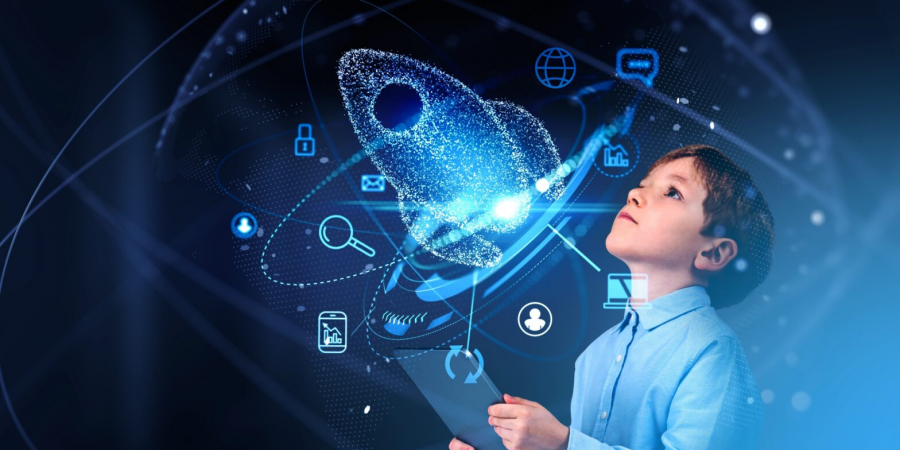

Technology is becoming a more potent force for change in today's world. It's obvious that technology will have a significant impact on how the Indian educational system is shaped during the next five years. Technology is expected to have a significant impact on everything from individualized learning to modern classrooms. This blog examines 10 ways that technology will change Indian education, all of which are in line with the National Education Policy's (NEP) goal of modernizing the educational process.
1. Customized Education
Personalized learning experiences catered to the talents, learning style, and pace of each student will be made possible by technology. Personalized learning environments and AI-powered tests will make it easier to pinpoint students' requirements, enabling teachers to offer more focused assistance and promoting improved comprehension and subject-matter proficiency.
2. Online Learning Environments
Distance learning will be bridged by virtual classrooms, enabling distant places to get high-quality education. From the comfort of their homes, students may engage in discussions, access resources, and communicate with peers and teachers. This is going to democratize education and provide access to a great number of students who were not previously able to.
3. Interactive Media
Digital content will take the place of static textbooks. Learning will become more immersive and engaging with the use of interactive films, simulations, and virtual labs, which will help students understand difficult ideas more readily. With visual aids, education will be inclusive and accommodate various learning styles.
4. Interactive Education
Learning will become engaging and enjoyable with gamification. Engaging in educational games can transform lessons into tasks, inspiring students to take an active role in their education. Gamified components will improve critical thinking and retention.
5. Development of Skills
Technology will make education more in line with what employers need. Online classes, webinars, and seminars will give students access to chances for skill development outside of the classroom and equip them with the transferable abilities required by today's employers.
6. Empowerment of Teachers
Teachers will use technology to run the classroom effectively and deliver lessons that engage students. Administrative chores will be automated by digital tools, allowing teachers to concentrate on developing meaningful relationships with students and creative teaching strategies.
7. Machine Learning and Information
In order to provide insights into student performance, learning patterns, and areas for growth, artificial intelligence (AI) will evaluate data. Teachers can utilize this data to modify their lesson plans, offer timely interventions, and make sure no kid falls behind.
